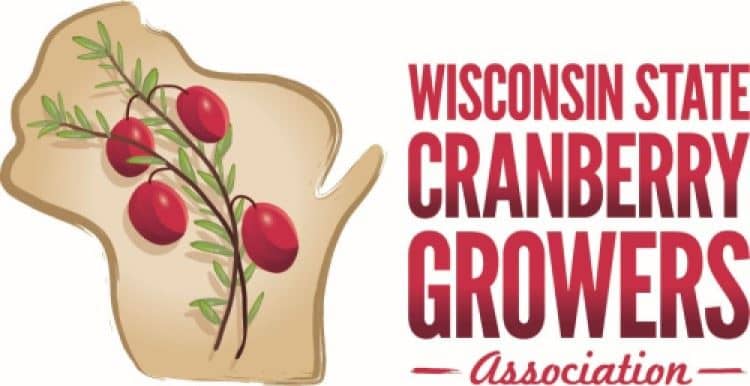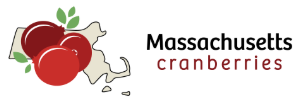Texas Boom Latest News
Using Boom for Wet Cranberry Harvest
Cranberries are one of only a limited number of fruits native to the US that are commercially viable. They are grown in the northern part of the United States, including New Jersey, Massachusetts, Oregon, Washington, and Wisconsin. Cranberry farms are also located in the Canadian provinces of British Columbia and Quebec. There are roughly 1000 cranberry growers in North America, so it is a specialized pursuit. Americans consume 400 million pounds of cranberries annually, with 20 percent of that consumption occurring during Thanksgiving. A majority of the remaining crop is consumed via juices or juice blends.
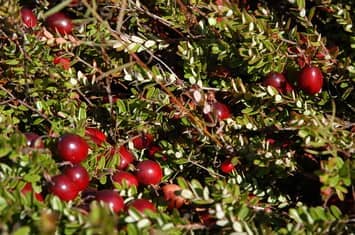
Cranberries grow on trailing vines similar to strawberries. They require unique soil and water conditions to thrive. They are grown commercially in low lying wetlands, typically referred to as bogs or marshes. Cranberry bogs are flooded over the winter months to protect the cranberry vines from the cold during their dormant period. The bogs are drained in the spring as the weather warms since the plants don't grow underwater. The plants enter their growth period from early spring through the fall. Bogs require pollination via bees, and growers utilize one or two beehives per acre during the summer to accomplish this critical step. Growers also work to fertilize, weed and protect the vines during the growth window.
In the fall, there are two methods for harvesting cranberries: dry harvesting and wet harvesting. Dry harvesting. The berries are combed from the vines and collected. These berries are typically what are supplied to markets as fresh cranberries. This means of harvest can be more labor-intensive and costly. As a result, this method harvests less than 10 percent of the annual crop.
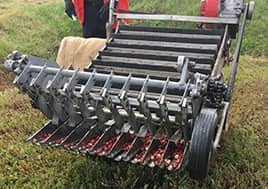
Wet harvesting is used to collect a vast majority of the berries. Because cranberries have an internal air pocket, they float when displaced from the vine. To take advantage of this characteristic, cranberry growers flood the bogs and then utilize water reels, referred to as egg beaters, to stir the water and knock the cranberries from the vines. The floating berries are then corralled with booms to draw them to collection points. As the floating cranberry barriers are drawn in, the cranberries are vacuumed from the water or lifted via conveyor belt into a truck to be transported to a processing station. These wet harvested cranberries are used for juices, sauces, dried cranberries, and as ingredients in other products.
The process of gathering the floating cranberries is referred to as corraling using these floating cranberry barriers and is the step in the process that is applicable for Texas Boom Company. Originally, growers used wooden booms to corral the berries. These boards are heavy and can be awkward to use and transport. Over time, cranberry farmers have learned that the use of floating Cranberry Booms can be a more efficient way to concentrate the berries in a central location for removal from the flooded bog.

Texas Boom's Cranberry Boom products are designed to be used to corral the cranberries. Because they are flexible, light-weight and durable, it allows the boom to be retrieved with less labor, drawing the cranberries in towards the collection point, A permeable mesh skirt reduces the drag when retrieving the cranberry boom. The 50 foot or 100 foot sections can be attached end to end. They can be easily dragged from bog to bog during the harvest, and fold accordion-style for transport and storage when not in use. Closed-cell foam is used for flotation, while a ballast chain keeps the Cranberry Boom upright during use. Anchor points and drain holes make it easier to maneuver the boom. This results in a more efficient harvesting process. It also helps to reduce injuries to workers and thus cutting down worker's compensation claims. All of these benefits contribute to a better return on investment and higher profitability. Farmers do what they do for the love of the industry, but also want to provide for their families and their employees. Utilizing cranberry booms during the harvest process makes good business sense.
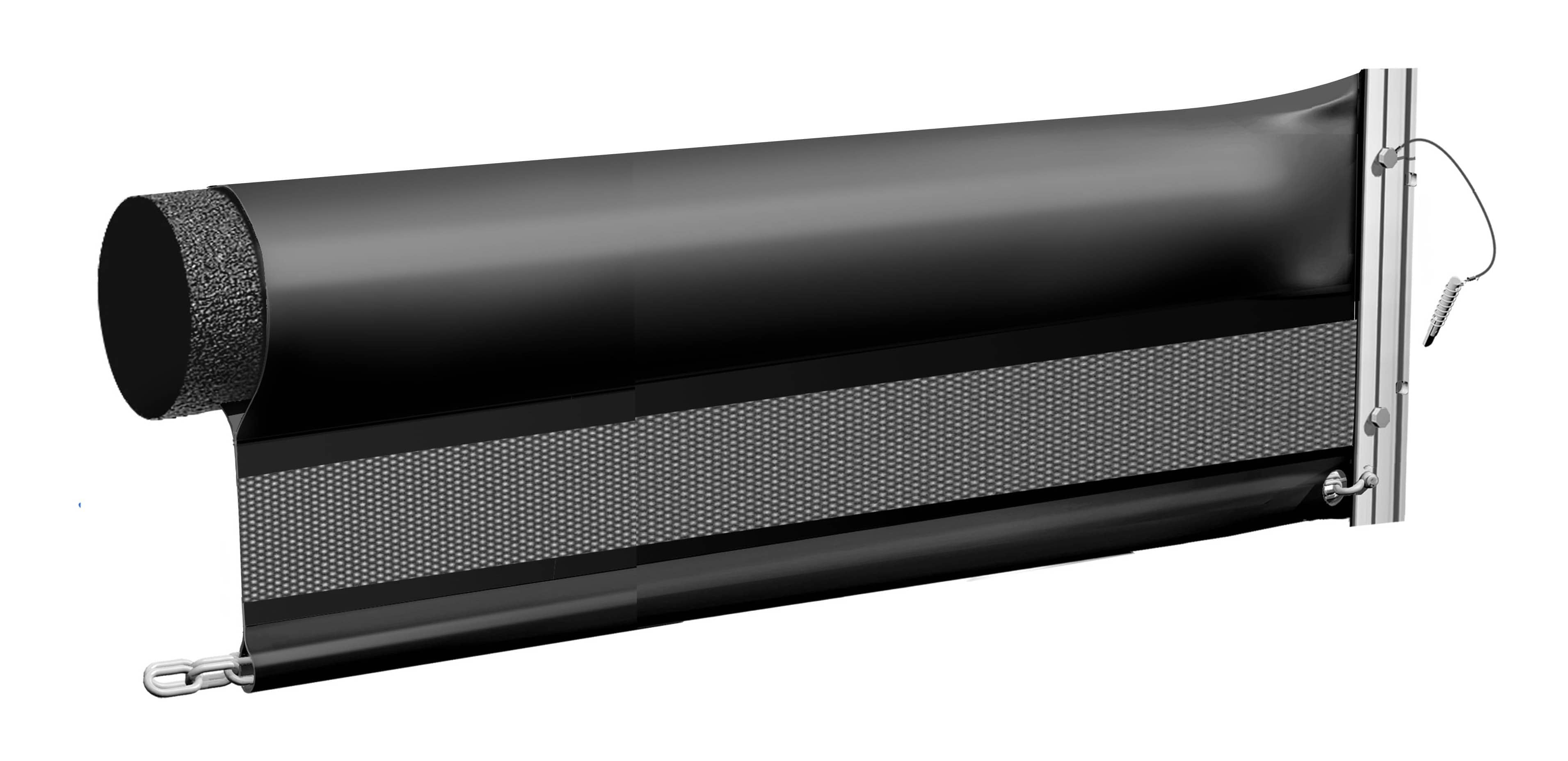
Texas Boom also offers customers to tailor their boom purchase to meet their exact needs. If you prefer a set of specifications that is not listed, our team is happy to consult with you and fabricate the Cranberry Boom to meet your requirements. Call toll-free for a consultation at (844) 444-8144.
To see a brief overview of the cranberry harvest process, view the video below created by How2Heroes:
When you subscribe to the blog, we will send you an e-mail when there are new updates on the site so you wouldn't miss them.


